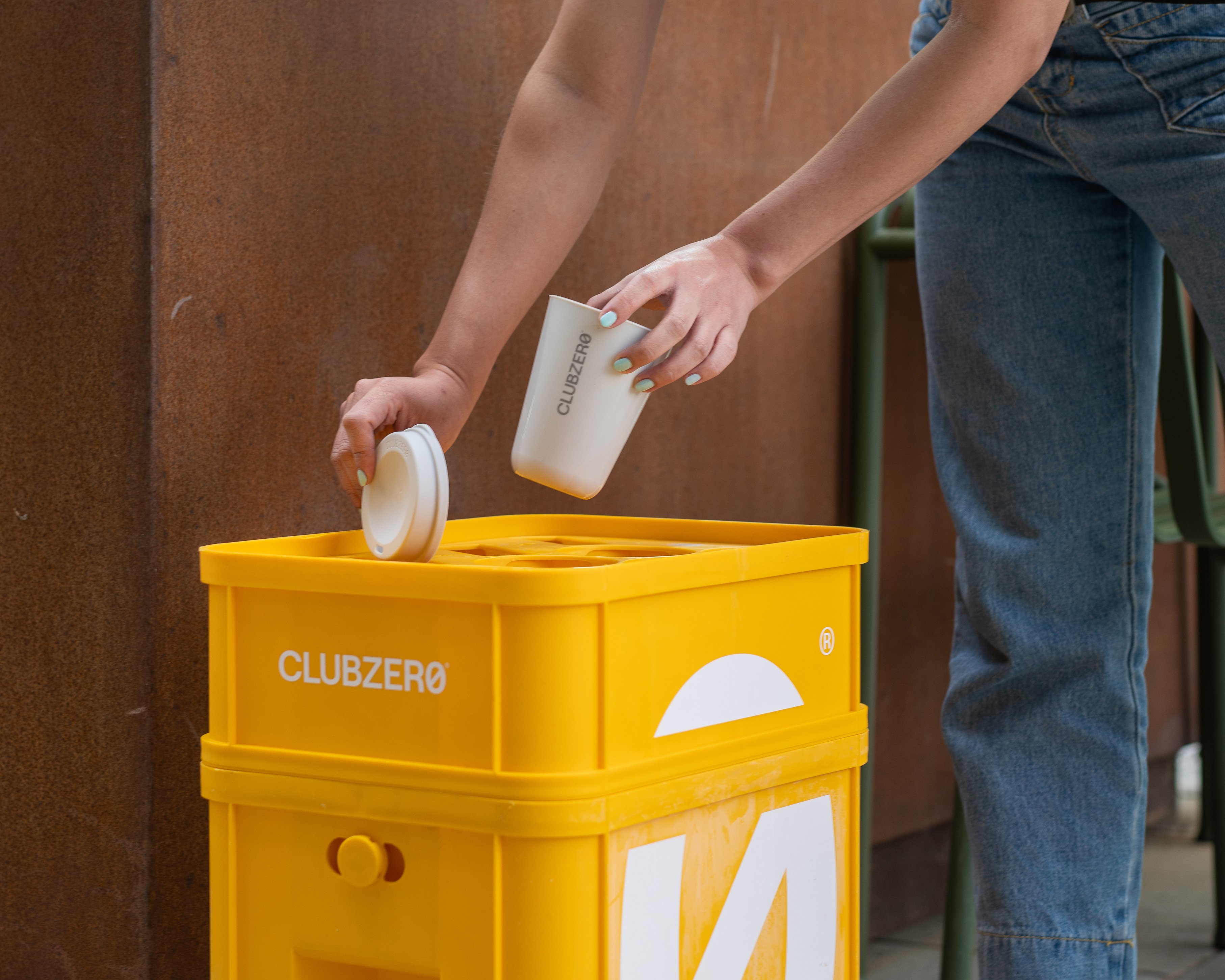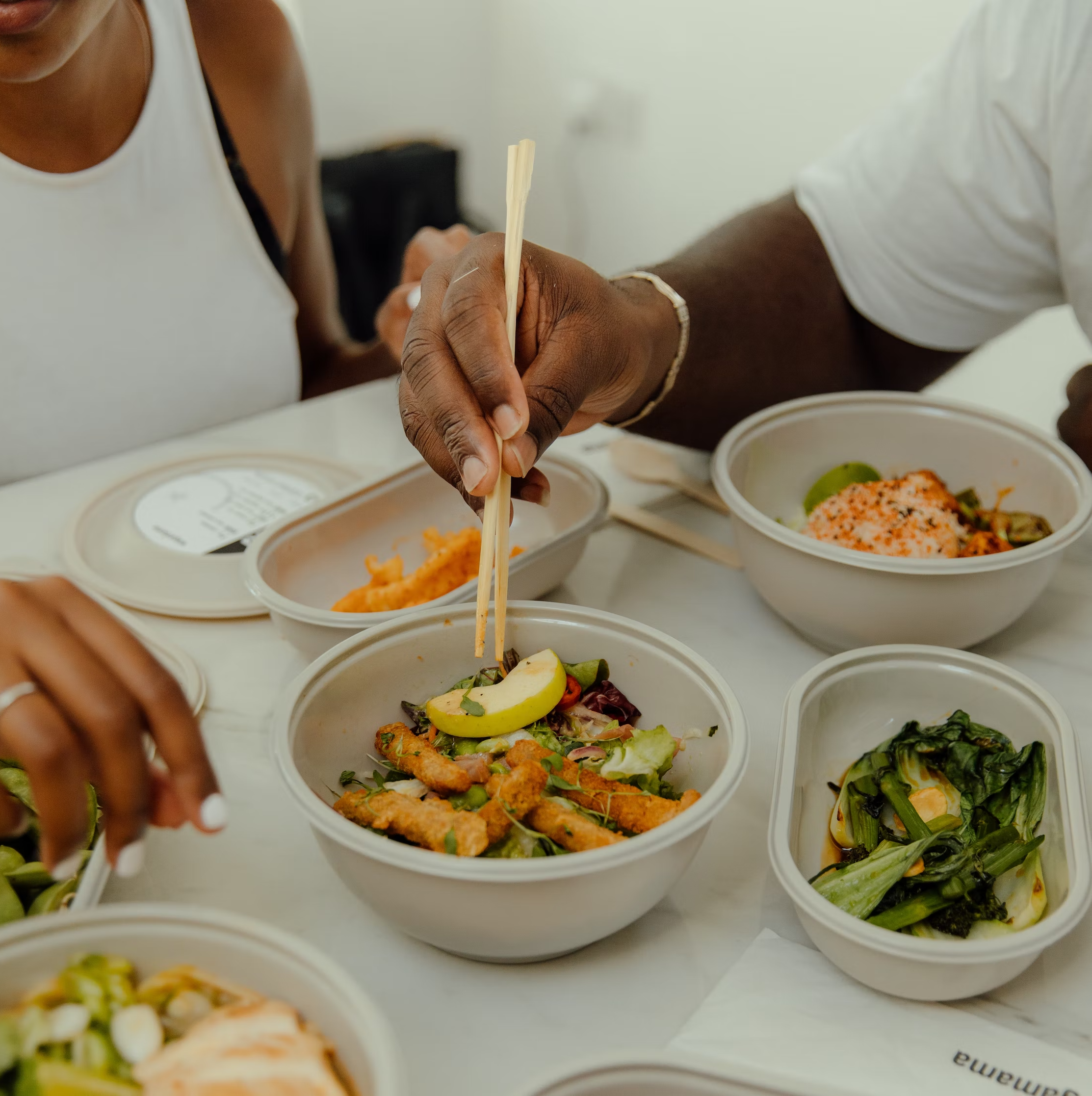We explore how the industry is moving away from single use plastic, toward sustainable and responsible packaging solutions.
Five years ago David Attenborough triggered what we all thought was a watershed moment. His 2017 film Blue Planet II undoubtedly drew attention to the appalling damage being done to our oceans by our addiction to single-use plastic.
The ban on plastic straws and stirrers in the EU from July 2021 was an excellent first step, but while it removed millions of items from the supply chain (and seas) – it wasn't much more than a drop in the ocean.
The momentum that appeared to be driving hospitality, and indeed other industries, towards a much reduced reliance then, like much else, hit a brick wall with the COVID-19 pandemic. In fact, rather than just slowing progress, the pandemic saw a serious reversal. In part, this was down to legitimate health and hygiene concerns. Cafés would no longer fill reusable cups. Condiment dispensers were replaced with sachets. And, restaurants, in their search for any means of survival, moved into the takeaway and delivery business on a grand scale. That’s not even mentioning all the PPE foodservice businesses were duty-bound to purchase use and then throw away.
In short, we were hit by a new tidal wave of single-use plastic.
But where are we now at the end of 2022? What is hospitality doing to reverse that trend and what does the future look like?
There’s certainly no end to the amount of innovation out there, but old habits die hard and this, combined with the cost pressures and unprecedented staffing limitations, mean there’s still a long way to go.
In statistical terms, the picture is not entirely encouraging. In its 2022 update, the Ellen MacArthur Foundation, reported that the use of virgin plastic among those food businesses signed up to its global plastic commitment, is now as high as it was when the programme started in 2018, while the percentage of plastic packaging that is reusable, recyclable or compostable has changed little – from 63.2% in 2019 to 65.4% in 2021. The target for 2025 of 100% will “almost certainly be missed”, the foundation admitted.
Similarly, Footprint’s analysis of Valpak data suggests that the amount of packaging placed on the market by hospitality and hospitality wholesale businesses having dropped from 1.2m tonnes in 2019 to 687,000 in 2020 – jumped back up to 1.6m in 2021.
There are though many examples of progressive and promising initiatives from operators of all types and size which have the potential to have a major impact. It’s perhaps easiest to look at these by packaging type.

Clingfilm – The go-to for wrapping food at the end of service in thousands of kitchens. But, high end London restaurant Spring and medium-sized bar-restaurant group Darwin Wallace are just two examples of businesses where, following the decision from the top, staff had to go cold turkey. Unremarkably, because chefs when prompted are extraordinarily resourceful, they found a way using terrines, Tupperware and other alternatives.
Sachets – as mentioned at the start, many operators reverted to plastic pouches for condiments and sauces during the pandemic. Now, London-based start-up Notpla, which has already created 1 million takeaway food boxes out of seaweed for Just Eat and run sachet trials with them too, is among the finalists of this year’s £1m Earthshot prize and on the verge of mainstreaming this infinitely better alternative to plastic.
Coffee Cups – Our taste for takeaway coffee has resulted in a 2.5 billion cup problem. The troublesome plastic film designed to make cups cope with liquid also made them a recycling nightmare. Finding alternative materials or recyclers who could cope with them, is one way.
The better alternative by far is to engineer a behaviour change – to have people switch to reusable cups. One way is for establishments to opt against a ban, going instead for an approach built on pricing incentives. For example, charging a premium for single-use has found to be more
.png)
persuasive than a discount for those who brought their own cups. The university has now successfully halved the number of single-use cups.
ClubZero are one of the leading exponents of the fully circular approach. They have pioneered an award-winning reuse system that combines reusable packaging and carriers with smart technology ensuring packaging is used in perpetuity.
Their packaging uses half the amount of CO2 compared to single-use packaging and can be used a minimum of 250 times before being fully recycled at the end of its lifecycle. These schemes are still in their infancy but offer a taste of drastically reduced reliance on single use for participants.
Restaurants like SpiceBox have also been encouraging customers to use tiffin tins for their takeaways.
The boom in takeaway and delivery during the pandemic triggered many operators into some serious soul-searching and more importantly – change.
Wagamama has invested heavily in a bid to redesign its 8 million plastic packaging items. Switching to the recyclable material cPET, they’ll cut up to 330 tonnes of virgin plastic a year.

Mexican restaurant group Wahaca found that many of the influencers it approached to help promote new delivery dishes took an interest in the packaging. “Deliveries being sent in sustainable packaging were something that was essential to them,” explains sustainability manager Carolyn Lum.
That’s a point echoed by SRA Managing Director, Juliane Caillouette-Noble who stresses the the consumer demand for change with this most visible of sustainability wins or losses. She adds: “The customer takes more clues about your sustainability initiatives from your packaging than they do about anything else.”
While this shift by Wagamama and others is welcome and will make a difference, it’s only by reducing all single-use products entirely that hospitality will make the necessary shift. Perhaps, the example of three-site vegan restaurant, Stem + Glory is one to inspire us all. As part of its loyalty scheme, customers who order eight lunch bowls or coffees get one free. BUT if they use a reusable cup or lunch box, they’re rewarded for every fourth purchase.
According to estimates, England still uses 1.1 billion single use plastic plates and 4.25 billion items of single use cutlery – only 10% of which are recycled. Progressive plans by the government to phase out these as well as polystyrene cups and containers appear to have been put on hold for now, but could well appear again along with a nationwide roll out of a Deposit Return Scheme and Extended Producer Responsibility.
Following the pioneering lead of some of the businesses mentioned in this article, adhering to the four aims of the UK Plastics Pact and getting ahead of any legislation, while also meeting consumer demand, looks like the smart way to ensure the Attenborough effect has a permanent and significant impact.
*Article written by the Sustainable Restaurant Association for Entegra.
November 22, 2022
.png)